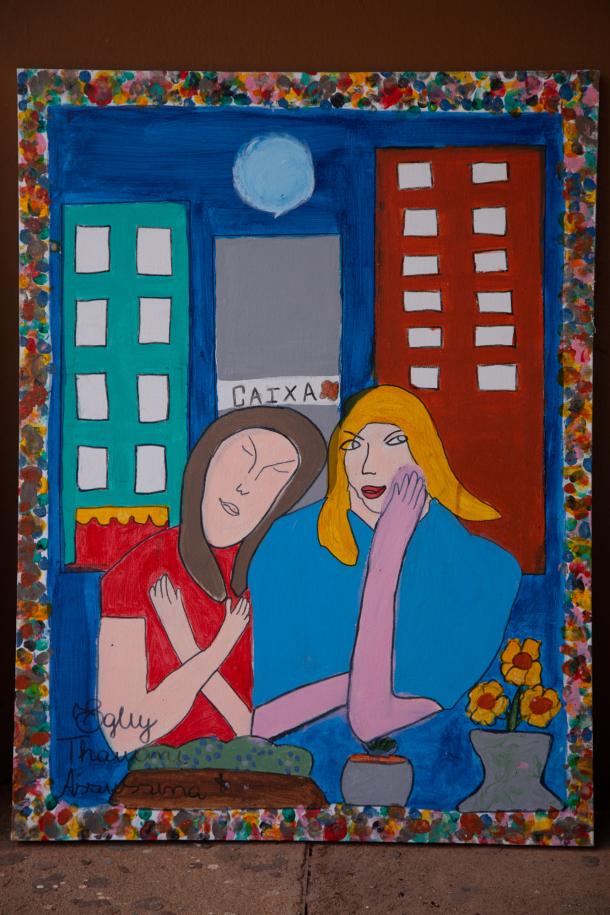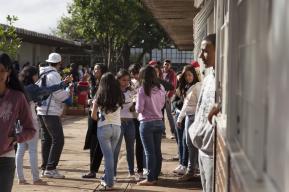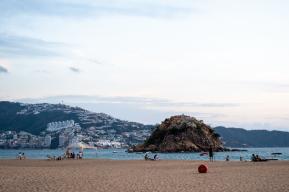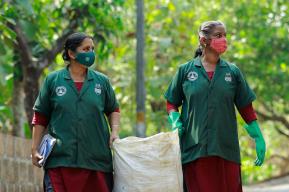Project
Creative Economy and Culture in Itabira, the City of Iron and Poetry

Through a donation made by the Vale Cultural Institute, UNESCO has implemented the Creative Economy and Culture Project in Itabira (Minas Gerais, Brazil) since 2021. Its objective is to boost economic activities linked to creativity and culture as an alternative for economic, social, and human development for the city of Itabira, also known as the "City of Iron".
The project also aims to stimulate sustainable development in the municipality to prepare it to face the impacts of the end of mining operations by 2028. After more than 60 years of operating in the region, the departure of the Vale mining company from the city has warned of the need to trace new directions for Itabira's social, economic, and sustainable development.
Through this partnership, a proposal study has been prepared for developing the Creative Economy in Itabira. Supported by a collective participation process (government, companies, academy, civil society), this study presented 30 development actions for the city. These actions are based on the creative economy transversally crossing by themes such as literature, culture, emotional well-being, rural communities as sources of traditions, promoting youth participation, and racial and gender equality.
The first stage of the work consisted of the diagnostic analysis of Itabira municipality through intense field work, raising awareness and articulation, involving participatory observation in the territory, 42 people interviewed, and holding five workshops.
Outcomes of the Project's First Stage
with systematization and analysis of the results obtained in the proposed study
to celebrate the International Year of the United Nations Creative Economy for Sustainable Development (2021)
between Vale Cultural Institute and UNESCO during the World Congress of Architects (2021)
Elaborating on the propositional study has brought the UNESCO-Vale Cultural Institute a relevant experience in mapping and diagnosing the territory. Furthermore, it has resulted in a design of 30 possible strategic actions within the scope of the creative economy. Among the proposed actions are two selected priorities:
- Audio-guided Route - Territory Museum - Drummondian Paths
- Elaboration of an Affective Heritage Map
These actions have been recently initiated through a co-creation process and may serve as a reference for other territories with similar challenges.









